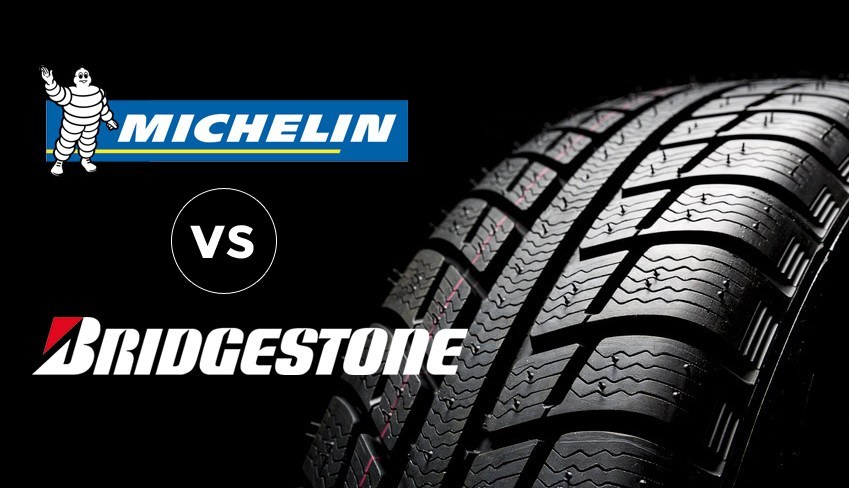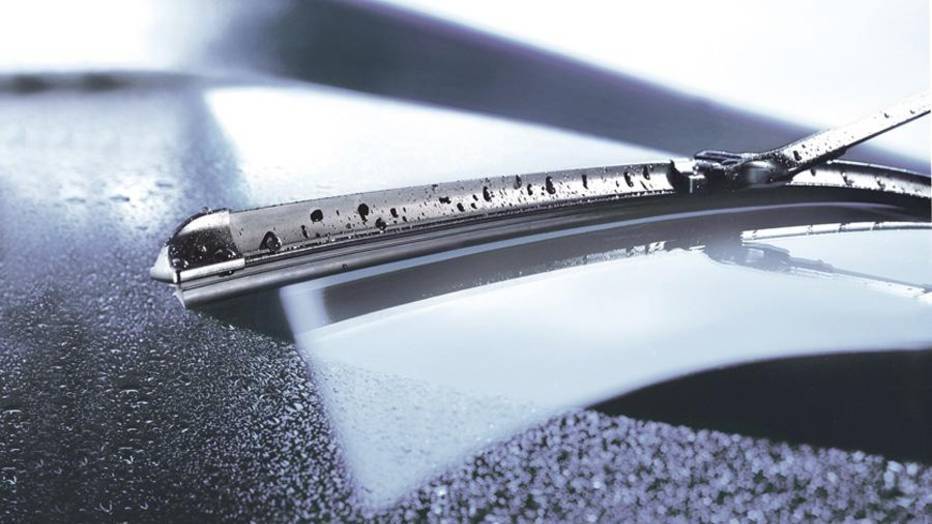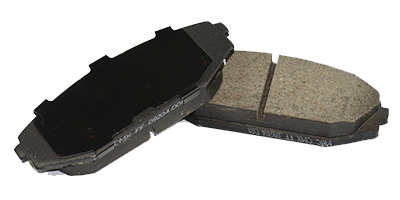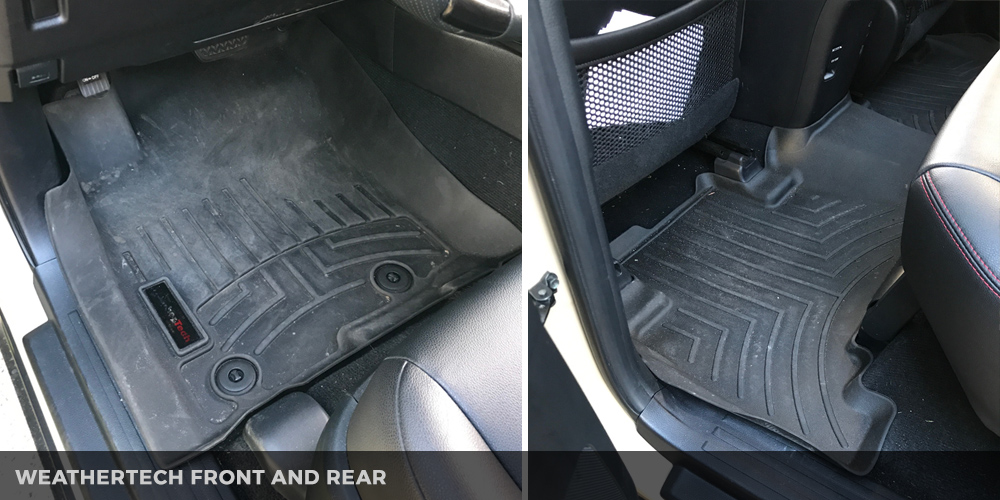Bridgestone vs. Michelin Comparison – Which Company Produces the Best Tires?
When it comes to vehicle safety, the single most important thing is tires. A good set of tires will ensure that your vehicle will have the best possible contact to the ground, or in other words, the best handling, grip, traction and stopping distances. If you don’t believe that tires are extremely important, note that 69% of the single-vehicle accidents are tire-related. Yes, driving over the speed limit is less dangerous than driving with bad tires.
Installing a new set of tires will not always solve the problem, as some are better than others. In order to be absolutely sure that you get the best possible performance, I recommend choosing a set of tires from a reputable manufacturer. Like the Japanese Bridgestone and French Michelin for example. These two companies share the first place for the biggest tire manufacturer in the world every year, with Goodyear and Continental in distant third and fourth place.
But which one is better and what type of tire should you choose the next time you replace those on your vehicle? Let’s discuss this.
Bridgestone vs. Michelin Features
Both companies are known for producing high-end tires that are one, if not the most expensive on the market. There are several reasons for this, with the prime one being that they invest a lot of money in R&D. Thanks to this, their tires are almost always on the top of any comparison review, with excellent scores across the board.
Looking at their respective tire portfolios, there are some features that set them apart from one another. For example. Michelin is known for its energy-optimized design and the Green X treads. These technologies give their tires excellent durability and low-rolling resistance, without losing handling and traction performance.
Bridgestone R&D department has come up with different features, such as the NanoPro Tech tread compound that enhances fuel economy, while also improving ride comfort, grip, and traction. The Japanese company is also known for its Resonance Noise Attenuated (RENOA) technology, which makes its grand-touring models’ quieter on the highway.
Bridgestone vs. Michelin Performance
In all honesty, choosing between Bridgestone and Michelin is like choosing between one of your two children. It is simply not possible to declare a winner here. Still, I’ll try to discuss some of their traits here, but please note that the differences in every category are very small. Any tire you get from Bridgestone and Michelin will offer excellent performance across the board, of course, if you respect its category. For example, neither high-performance summer tire will work in the winter, and that’s true for both Bridgestone and Michelin.
With all that said, in my experience with both brands so far, Michelin tires are known for:
- Possibly the best treadlife and endurance;
- Very quiet and comfortable;
- Very good in the rain;
Bridgestone tires, on the other hand, are known for:
- Best winter tire models (Blizzak);
- Fantastic grip in dry conditions;
- Excellent line-up of ultra-high-performance tires;
Verdict
While my experience says that Michelin tires are probably the longest-lasting, that doesn’t mean that Bridgestone tires aren’t. The difference for most people will be negligible. The same can be said for Michelin winter tires, which are very closely matched to Bridgestone Blizzak.
That’s why the easiest way to determine which company is the best for you is to look at what the vehicle manufacturer chooses as an OEM tire. If your vehicle was equipped with Bridgestone from the factory, then go with one of their tires, and vice versa in the case of Michelin. And even if you don’t do that and choose the other company, you can be sure that you will still get an excellent set of tires.




